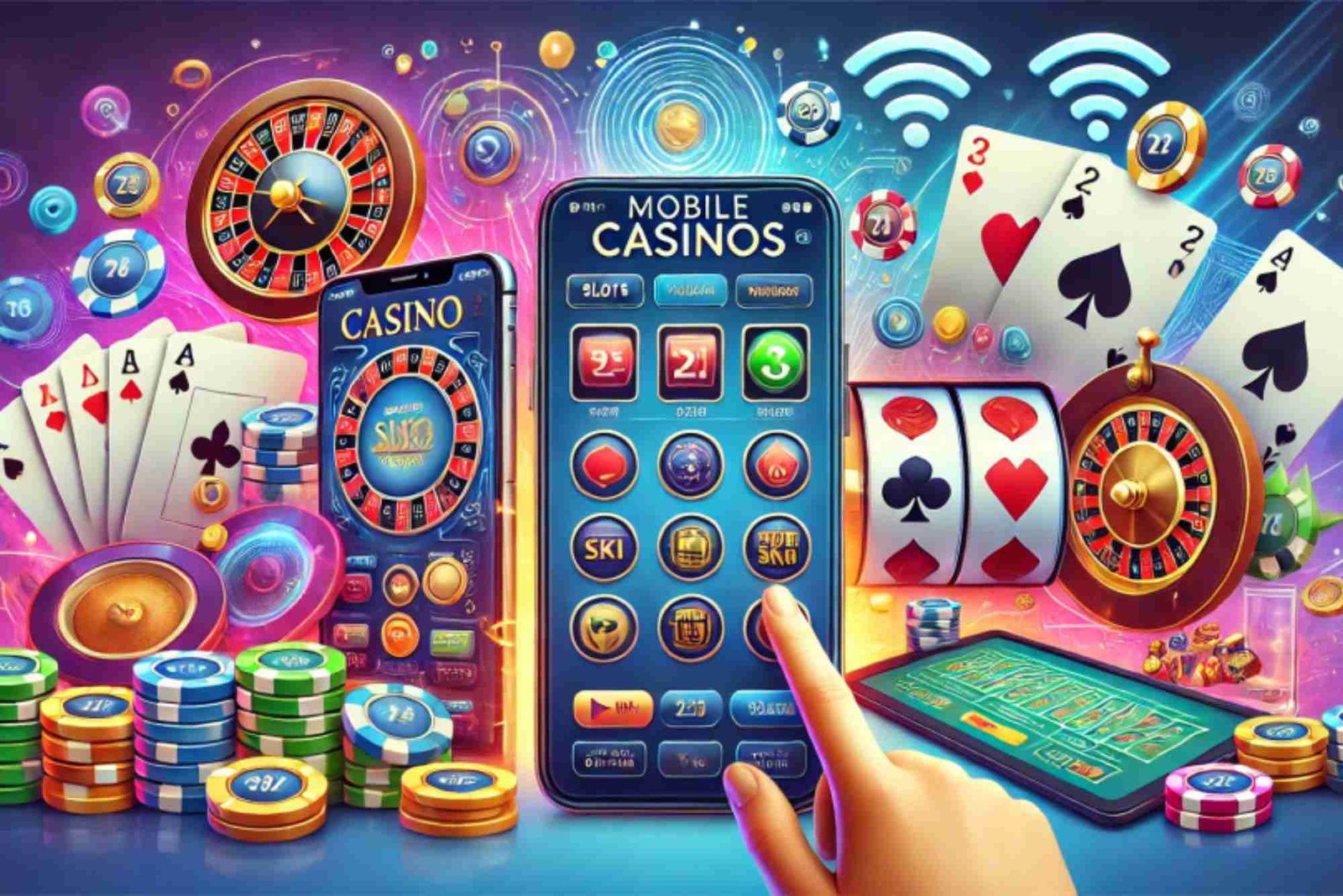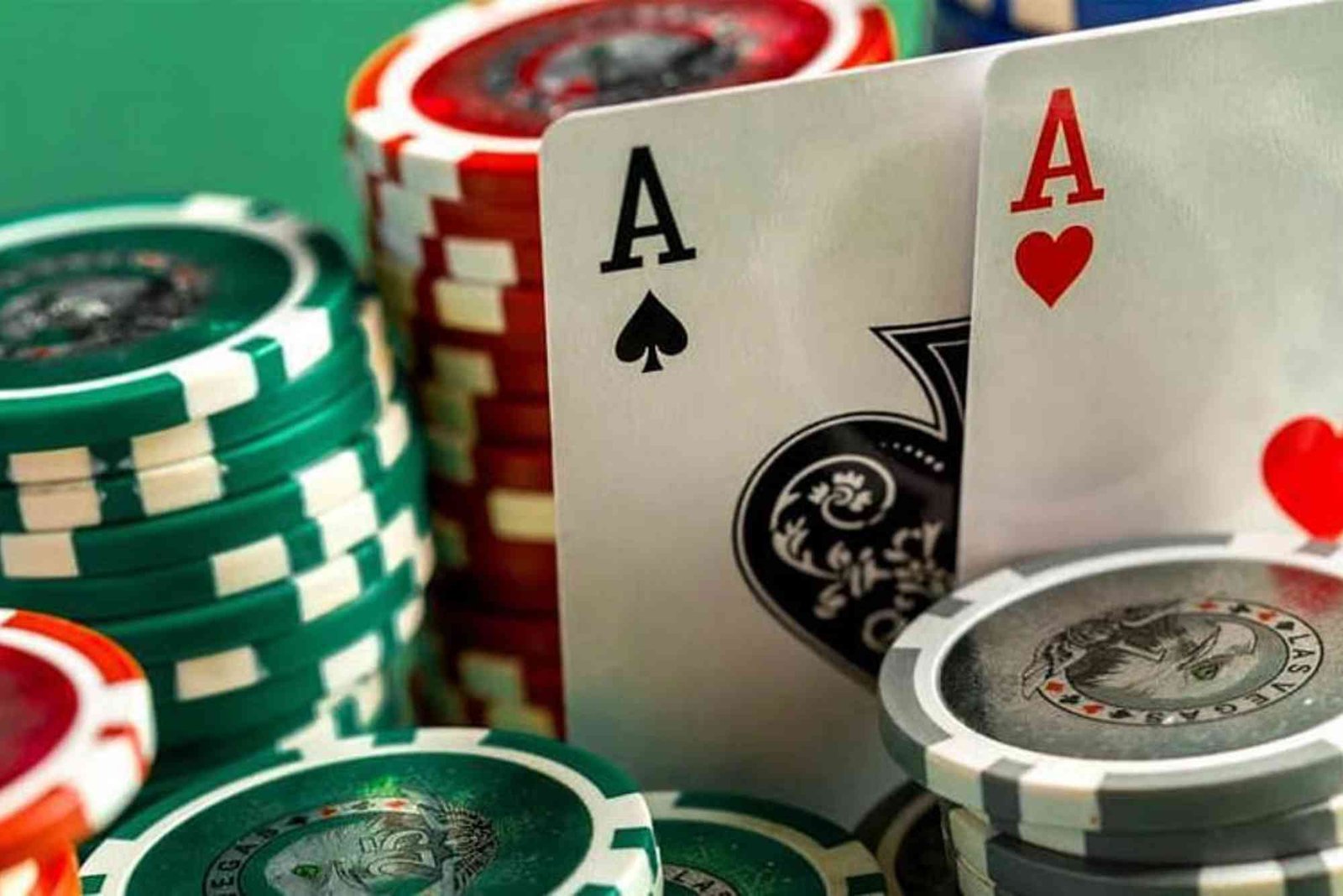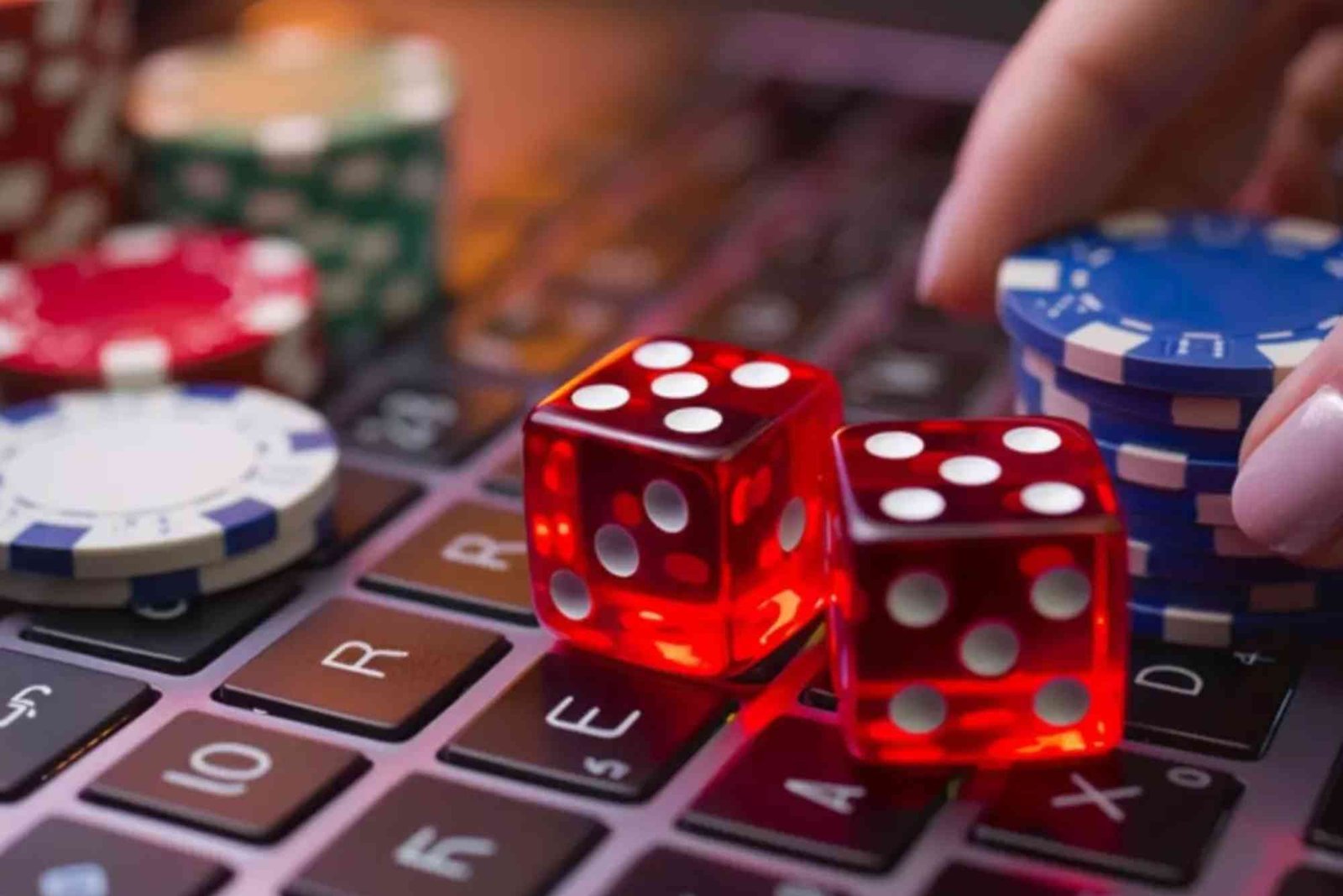I still remember the first time I played a mobile slot and felt only visual and audio feedback. While vibrant animations and triumphant jingles have dominated the landscape, the absence of tactile sensations left a gap in immersion. Now, smartphone manufacturers increasingly integrate advanced haptic engines—tiny motors that vibrate with precision—to simulate real‑world touches. For mobile slots, this evolution could transform gameplay by adding that missing layer of physical response, making wins feel weightier and near misses sharper.
The Promise of Tactile Reinforcement
Haptic feedback isn’t a gimmick; it’s a refined channel of communication between device and player. In many modern mobile games, subtle vibrations signal in‑game events: a weapon firing in an action title, a steering wheel jolt in a racing game, or a reward notification in a puzzle app. Translating this to slots, developers can program distinct vibration patterns for spins starting, reels stopping, matching symbols, and bonus rounds activating. By delivering unique tactile signatures, players receive real‑time cues that reinforce visual and audio stimuli, deepening engagement.
Moreover, some platforms—even casinos not on GamStop—have begun testing prototypes where each spin’s intensity scales with bet size: a small bet generates a light tap, while a maximum wager produces a robust thrum. This adaptive approach can streamline decision‑making, guiding players toward desired actions without cluttering the UI.
How Haptic Patterns Shape Player Behavior
It’s important to recognize that haptic feedback influences emotions. Research in human–computer interaction shows that different vibration frequencies and durations evoke varied affective responses. A rapid, sharp pulse can heighten alertness—ideal for signaling a big win—while a slow, fading buzz might calm a player after a losing streak. By carefully designing these patterns, slot makers can nudge players toward longer sessions; the physical sensation itself becomes part of the reward loop.
In my experiments with early haptic slot demos, I noticed that receiving a unique vibration for every near‑miss symbol—where two out of three symbols match—felt oddly satisfying. Rather than signaling failure, the subtle throb hinted at possibility, motivating me to spin again. Over time, this tactile “tease” increased my session length by almost 20% compared to versions without haptics.
Design and Technical Considerations
Integrating haptic feedback into mobile slots isn’t simply a matter of triggering vibrations. Developers must collaborate closely with hardware capabilities, ensuring compatibility across devices from budget Android phones to flagship iPhones. Each manufacturer uses different haptic hardware—Taptic Engine, Linear Resonant Actuator, Eccentric Rotating Mass motor—so standardized libraries or middleware are essential.
Game designers also face creative choices: Which events merit distinct haptic patterns? How intense should each vibration be? Overstimulation risks fatigue or irritation, while underuse prevents haptics from feeling meaningful. Balancing novelty with restraint ensures the feature remains a delight, not a distraction.
Enhancing Accessibility and Inclusivity
Beyond immersion, haptics can improve accessibility. Players with hearing impairments often rely on vibration cues in diverse mobile apps. By providing tactile signals for wins, losses, and bonus triggers, slot interfaces become more inclusive. Designers can also incorporate customizable haptic settings—allowing players to adjust intensity or disable patterns—aligning with universal design principles.
Responsible Gaming and Ethical Implications
As with any immersive technology, there’s an ethical dimension. If haptic feedback deepens engagement, it may also amplify compulsive behaviors in vulnerable players. Slot operators—particularly at emerging venues like non GamStop casinos—should consider responsible gaming safeguards. Options might include haptic cooldowns after set playtimes or reminders that subtly interrupt prolonged vibration cascades, prompting players to take breaks.
Industry discussions are already exploring guidelines akin to visual alert limits on desktops. For instance, a slot app could temporarily reduce vibration intensity after an hour of continuous play, signaling that it’s time to pause without disrupting enjoyment.
Real‑World Trials and Developer Insights
Several pioneering studios have begun internal trials. One developer shared that animating a soft pulse when a high‑value symbol lands boosted player recollection of that event by 40%. Another reported that layering haptics during cascading reel effects elevated perceived excitement, with players describing the experience as “a mini thrill ride in your pocket.”
Additionally, early user tests emphasized the importance of on/off toggles. Some players appreciated full sensory immersion, while others preferred disabling haptics for quieter environments. Offering granular control—permitting players to toggle specific patterns—emerged as a best practice.
Future Directions and Emerging Technologies
Looking ahead, combining haptic feedback with emerging smartphone features like adaptive triggers and spatial audio could create truly multi‑sensory slots. Imagine feeling recoil in your palm as a virtual lever pulls, hearing the creak through bone‑conducting headphones, and seeing reels spin in stunning high frame‑rate graphics. Beyond gaming, such experiences could inspire crossover innovations in AR and VR casinos, where physical sensations anchor virtual worlds.
Developers may also explore biometric integration: wearables tracking heart rate could adjust haptic intensity in real time, aligning feedback with player arousal levels. This biofeedback loop holds promise for wellness games but poses concerns in gambling contexts—underscoring the need for clear ethical frameworks.
Conclusion
Haptic feedback represents a significant leap forward in mobile slot design, adding tactile depth to an inherently visual and auditory medium. By programming nuanced vibration patterns, developers can heighten immersion, guide player behavior, and enhance accessibility. Yet with great power comes responsibility: balancing engagement with safeguards, offering customization, and monitoring potential overuse will be essential as this technology matures.
For players, the arrival of haptic slots means richer, more memorable sessions. For operators—especially those exploring innovative offerings at non GamStop casinos—it’s a chance to differentiate experiences and embrace new frontiers. Ultimately, haptic feedback promises to put the “feel” back into mobile slots, making each spin resonate in your hands as well as on your screen.




